Mock hand stitches are decorative stitches that are designed to mimic the appearance of stitches sewn by hand. They are often used to add a touch of elegance and sophistication to sewing projects.
Sewing machines can sew a variety of mock hand stitches using a variety of techniques. Some sewing machines have built-in mock hand stitch programs, while others require you to use a special mock hand stitch attachment.
Mock hand stitch attachments are typically small, metal plates that attach to the needle plate of your sewing machine. They have holes that guide the needle as it sews the stitch.
To sew a mock hand stitch, you will need to select the appropriate stitch program or attachment on your sewing machine. You will also need to use the correct needle and thread for the fabric you are sewing.
Once you have selected the stitch and adjusted the settings on your sewing machine, you can begin sewing. Slowly and carefully guide the fabric through the machine, following the instructions in your sewing machine manual.
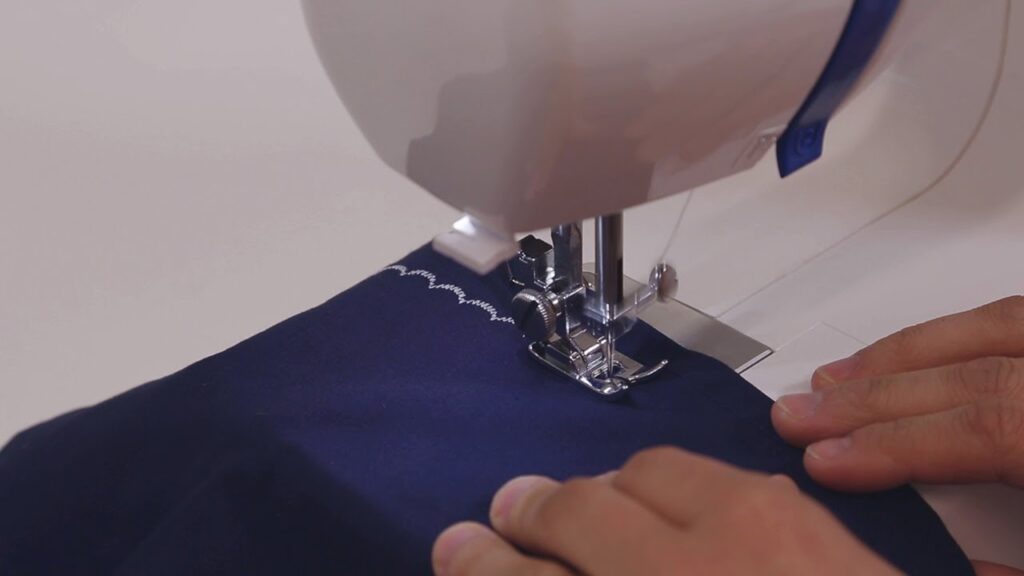
What is Mock Hand Stitches?
Mock hand stitches are stitches that imitate the look of hand-sewn embroidery or embellishments. These stitches are often used to add a touch of elegance and creativity to various sewing projects, such as clothing, home decor, and quilts. While hand-stitching can be time-consuming and intricate, sewing machines offer a more efficient and consistent way to achieve these decorative effects.
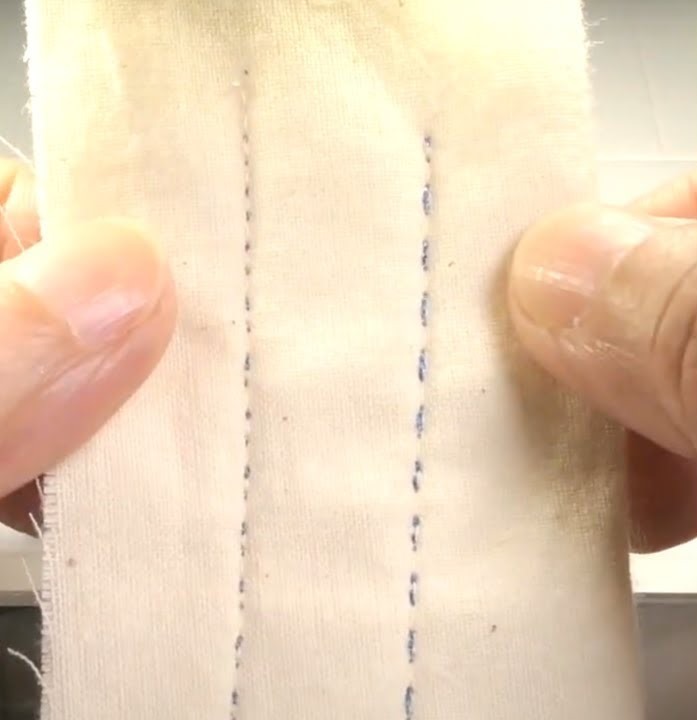
Different types of mock hand stitches
Some common types of mock hand stitches include:
Blanket stitch: The blanket stitch is a decorative stitch that is often used to hem blankets and towels. It creates a zigzag pattern of small interlocking stitches.
Feather stitch: The feather stitch is a decorative stitch that is often used to embellish clothing and home décor items. It creates a series of small stitches that resemble feathers.
Chain stitch: The chain stitch is a decorative stitch that is often used in embroidery and appliqué. It creates a series of interlocking loops.
Running stitch: The running stitch is a simple stitch that is often used to baste fabric together or to create a decorative effect. It creates a series of small, straight stitches.
Backstitch: The backstitch is a strong stitch that is often used to sew seams and appliqués. It creates a series of small stitches that go forward one stitch and then back over the previous stitch.
Zigzag stitch: Zigzag stitch is a versatile sewing machine stitch that can be used for a variety of purposes, including finishing seams, sewing appliqués, and creating decorative effects. It is created by moving the needle back and forth in a zigzag pattern. The width and length of the zigzag stitch can be adjusted to suit the specific needs of the project.
Satin stitch: Satin stitch is a decorative sewing machine stitch that is used to create a smooth and glossy surface. It is created by sewing a series of overlapping stitches that completely cover the area being stitched. Satin stitch is often used in embroidery and appliqué, but it can also be used to sew seams and hems.

Tips for Beginners
If you’re new to using sewing machines for decorative stitches, here are some tips to get you started:
- Start with simple projects.
- Practice on scraps before working on your main project.
- Pay attention to thread and needle selection.
- Experiment with different stitch options and settings.
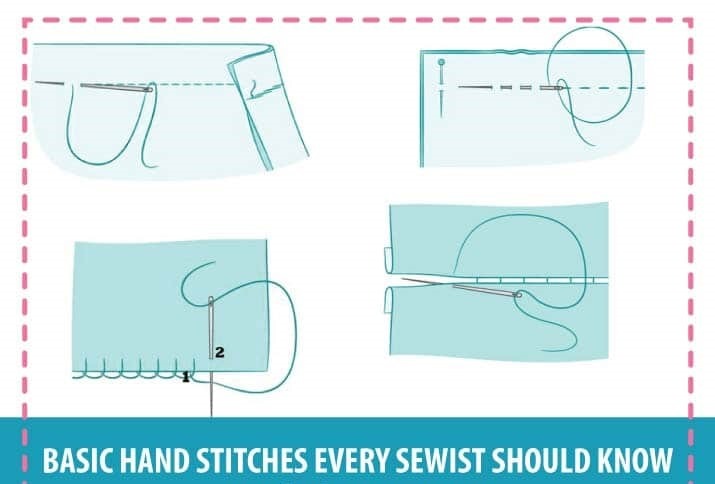
Tips for sewing mock hand stitches on a sewing machine
Here are a few tips for sewing mock hand stitches on a sewing machine:
Use a sharp needle. A dull needle can damage the fabric and cause the stitches to pucker.
Use a light to medium-weight thread. Heavy thread can be too bulky and may not fit through the holes on the mock hand stitch attachment.
Sew slowly and carefully. Mock hand stitches are often delicate and require careful attention to detail.
Use a stabilizer. A stabilizer can help to prevent the fabric from puckering and stretching as you sew.
Test the stitch on a scrap of fabric before sewing on your garment or project. This will help you to make sure that the stitch is working properly and that the fabric can handle the tension.
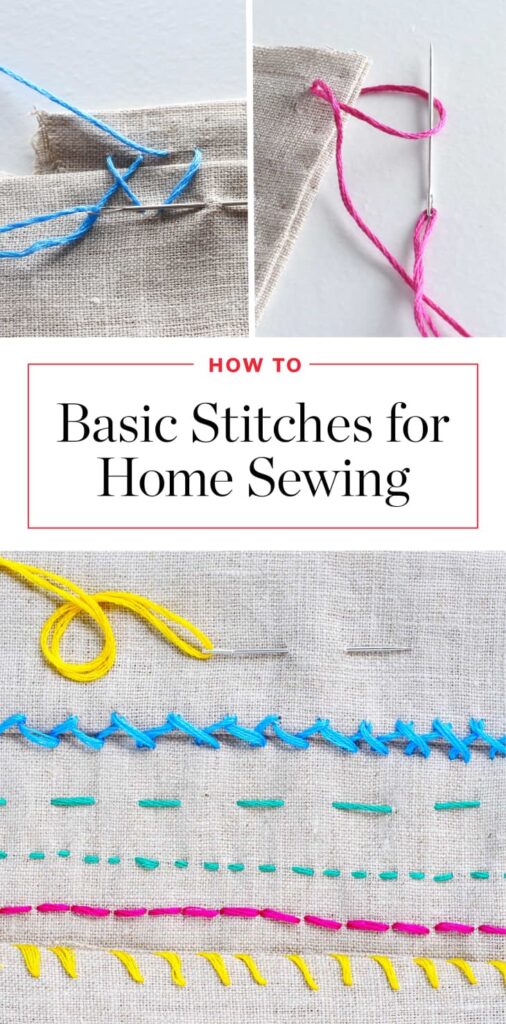
Advantages of Using a Sewing Machine for Mock Hand Stitches
Using a sewing machine for decorative stitches offers several advantages:
- Speed and efficiency.
- Consistency in stitch quality.
- Versatility in stitch options.
- The ability to tackle complex designs.
- The opportunity to explore creative projects.
What are the benefits of using mock hand stitches?
Mock hand stitches can add a touch of elegance and sophistication to your sewing projects. They can also be used to create a variety of decorative effects.
What are some common projects that use mock hand stitches?
Mock hand stitches are often used on clothing, home décor items, and quilts. They are also used to embellish embroidery and appliqué projects.
How do I choose the right mock hand stitch for my project?
The best way to choose the right mock hand stitch for your project is to consider the type of fabric you are using, the desired look, and the strength of the stitch you need.
For lightweight fabrics, such as lace and batiste, you may want to use a delicate stitch, such as a feather stitch or a running stitch.
For heavier fabrics, such as linen and cotton, you may want to use a stronger stitch, such as a blanket stitch or a backstitch.
Can I use any sewing machine to create mock hand stitches?
Yes, you can use most sewing machines, but specialized machines offer more stitch options and settings for decorative effects.
How do I choose the right thread and needle for my project?
Consider the thickness and material of the thread, and use a needle designed for decorative stitching that matches your thread.
What’s the best way to practice sewing mock hand stitches?
Start with simple projects and practice on scrap fabric to perfect your technique before working on your main project.
How do I troubleshoot common sewing machine issues?
Consult your machine’s manual for troubleshooting tips, and ensure you maintain your machine regularly.
What are the advantages of using a sewing machine for decorative stitches?
Sewing machines offer speed, consistency, versatility, and the ability to tackle complex designs, making them a valuable tool for crafters.
Conclusion
Sewing machines can sew a variety of mock hand stitches to create a decorative effect. With a little practice, you can learn to sew mock hand stitches on your sewing machine and create a variety of beautiful projects

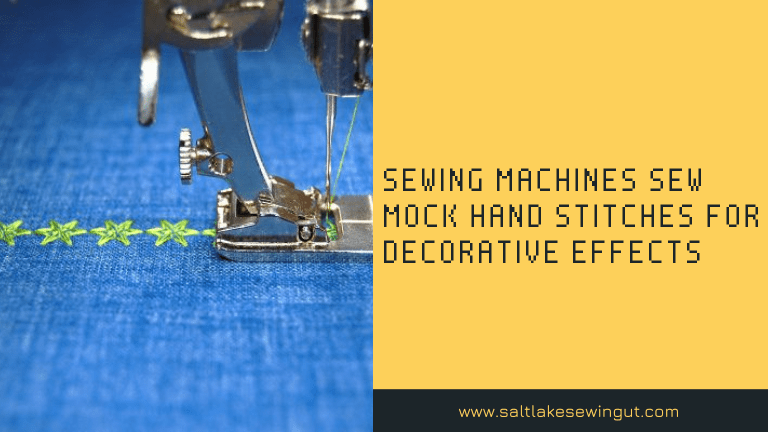
1 thought on “How do sewing machines sew mock hand stitches for decorative effects?”